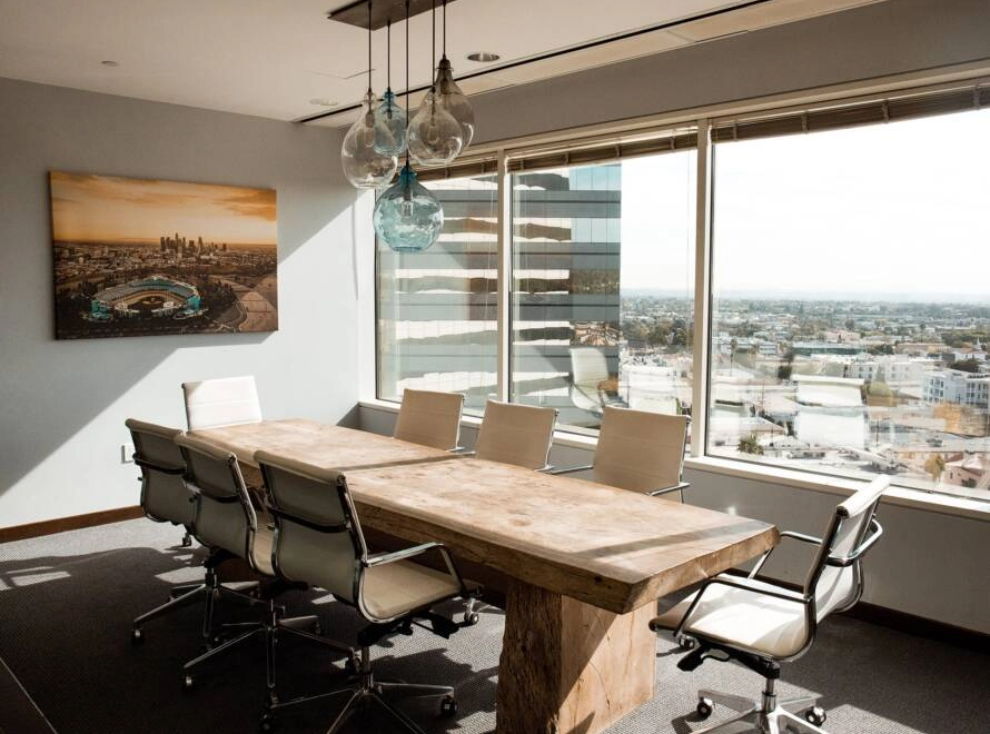In modern architecture, door closers are more than mere functional fixtures; they are essential components that enhance safety, accessibility, and energy efficiency in buildings. With the rise in high-traffic areas like commercial complexes, hotels, and healthcare facilities, door closers play a critical role in controlling door movement, ensuring doors close automatically and securely after each use.
Safety and Fire Protection
Door closers are fundamental for fire safety. In the event of a fire, they help contain flames and smoke by keeping fire-rated doors shut, providing a barrier that can prevent fire spread. In Singapore, fire safety standards mandate the installation of door closers in specific buildings, underlining their importance for occupant protection.
Accessibility and Ease of Use
Modern door closers are designed with adjustable features to cater to different user needs, making buildings more accessible for everyone, including the elderly and disabled. By ensuring doors close gently and securely, they reduce potential injuries and make spaces easier to navigate.
Energy Efficiency
Door closers also contribute to energy efficiency by minimising air loss, which helps maintain indoor temperatures. This function is essential in Singapore’s tropical climate, where air-conditioning is used frequently. By controlling the door’s closure, energy consumption is reduced, leading to lower operational costs.
Aesthetic and Design Integration
Architects and designers in Singapore are increasingly opting for door closers that integrate seamlessly into a building’s design. With options like concealed or overhead-mounted closers, these devices can enhance a space’s aesthetic appeal without compromising functionality.
Conclusion
Door closers are indispensable elements in contemporary architecture, blending functionality, safety, and style. By meeting regulatory standards and aligning with modern design trends, they continue to play an essential role in creating safe, accessible, and energy-efficient buildings in Singapore.

